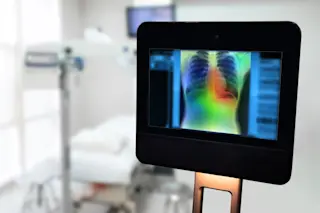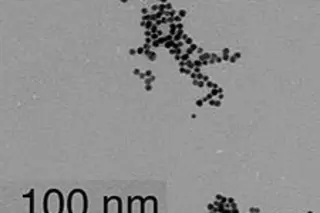Now that the specter of biological or chemical assaults seems a lot more real, how well could we cope with an attack? A major survey conducted in the Northwest has found that some hospitals are frighteningly ill prepared. Don Wetter, an emergency coordinator for the U.S. Public Health Service, and his team found that of 186 hospitals in that region, fewer than one fifth have plans in place for coping with biological or chemical incidents. Just one in 16 has minimum resources—antidotes, respirators, protective clothing, and decontamination showers—to treat victims of an attack with sarin, the nerve gas that killed 11 people in a Tokyo subway in 1995.
"The reality is that there are still only so many health-care dollars that can be allocated to this," says physician Bill Daniell of the University of Washington at Seattle, who cowrote the study. "So unless the federal or state government steps in ...













